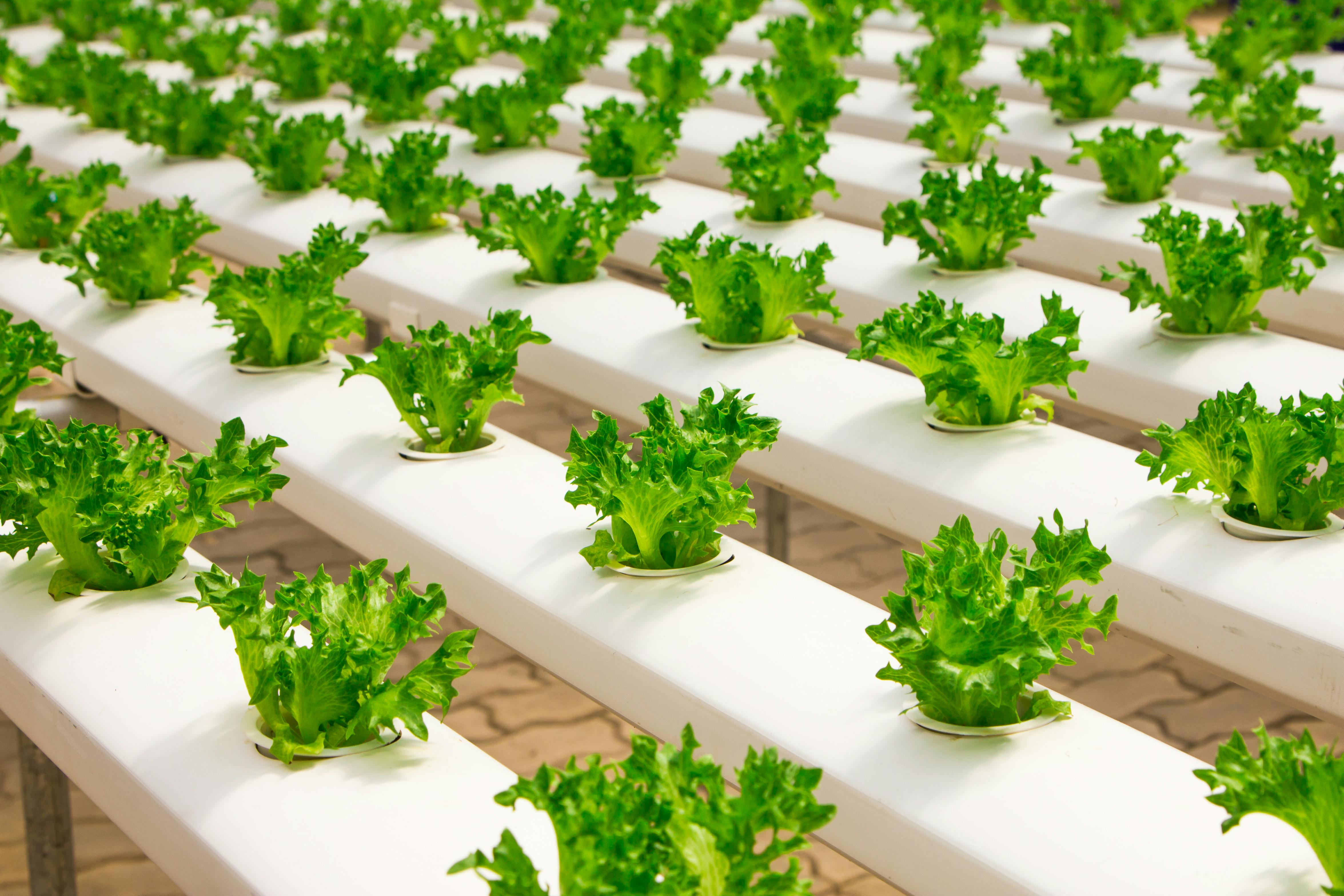Vertical Farming's Innovative Role in Industrial Food Production
The intersection of agriculture and technology is reshaping industrial food production, with vertical farming emerging as a groundbreaking solution. This innovative approach to cultivation is transforming urban landscapes into efficient food-producing hubs, addressing challenges of land scarcity and environmental sustainability while revolutionizing supply chains and operational efficiency in the food industry.

The concept of vertical farming isn’t entirely new, with its roots tracing back to the 1915 book “Farms of the Future” by Gilbert Ellis Bailey. However, it’s only in recent decades that technological advancements have made large-scale vertical farming economically viable and operationally feasible. The convergence of LED lighting, sensor technology, and automation has catalyzed the growth of this sector, attracting significant investment and spurring innovation.
Operational Advantages in Industrial Food Production
Vertical farming offers numerous operational advantages that align with the goals of modern industrial food production. Firstly, it dramatically increases crop yield per square foot. Traditional farming methods are limited by available land and seasonal growing cycles. In contrast, vertical farms can produce crops in stacked layers, utilizing vertical space efficiently. Some vertical farms report yields up to 350 times greater than conventional farming methods for certain crops.
Secondly, vertical farming provides unprecedented control over growing conditions. By utilizing climate control systems, LED lighting, and precise nutrient delivery, farmers can create optimal environments for each crop variety. This level of control results in consistent quality, reduced crop failure, and the ability to grow exotic crops in non-native climates.
Supply Chain Optimization and Local Production
One of the most significant impacts of vertical farming on industrial food production is its potential to revolutionize supply chains. Traditional agriculture often requires long-distance transportation of produce from rural areas to urban centers, leading to increased costs, carbon emissions, and potential food waste due to spoilage during transit.
Vertical farms, typically located in or near urban areas, dramatically shorten the distance between production and consumption. This proximity allows for just-in-time delivery models, reducing the need for extensive storage and preserving the freshness of produce. Moreover, it enables food producers to respond more quickly to market demands, adjusting production based on real-time consumer trends.
Resource Efficiency and Sustainability
In an era where sustainability is becoming increasingly crucial for businesses, vertical farming offers significant environmental benefits. Traditional agriculture is resource-intensive, consuming vast amounts of water and often relying heavily on pesticides and herbicides. Vertical farms, on the other hand, can reduce water usage by up to 95% through recirculating hydroponic systems.
Furthermore, the controlled environment of vertical farms minimizes or eliminates the need for pesticides, resulting in cleaner produce and reduced environmental impact. The energy efficiency of modern LED lighting systems and the potential for integration with renewable energy sources also contribute to the overall sustainability of vertical farming operations.
Challenges and Future Developments
Despite its promise, vertical farming faces several challenges that need to be addressed for widespread industrial adoption. High initial capital costs for infrastructure and technology remain a significant barrier. Energy consumption, particularly for artificial lighting and climate control, can be substantial, impacting operational costs and sustainability goals.
However, ongoing technological advancements are addressing these challenges. Innovations in LED technology are improving energy efficiency, while automation and AI are optimizing resource use and reducing labor costs. Research into plant genetics is also yielding varieties better suited for vertical farming conditions, potentially increasing yields and reducing energy requirements.
Strategic Insights for Industrial Adoption
• Conduct thorough cost-benefit analyses, considering long-term operational savings against initial capital investments
• Explore partnerships with technology providers to stay at the forefront of vertical farming innovations
• Invest in workforce training to develop skills required for managing high-tech agricultural systems
• Consider phased implementation, starting with high-value crops to optimize return on investment
• Leverage vertical farming as part of a broader sustainability strategy to enhance brand value and meet consumer demands for eco-friendly products
As industrial food production continues to evolve, vertical farming stands out as a transformative force. By addressing key challenges in traditional agriculture while aligning with modern sustainability goals, it offers a compelling vision for the future of food production. For businesses in the food industry, embracing vertical farming technologies and principles could be key to gaining a competitive edge in an increasingly complex and demanding market landscape.





